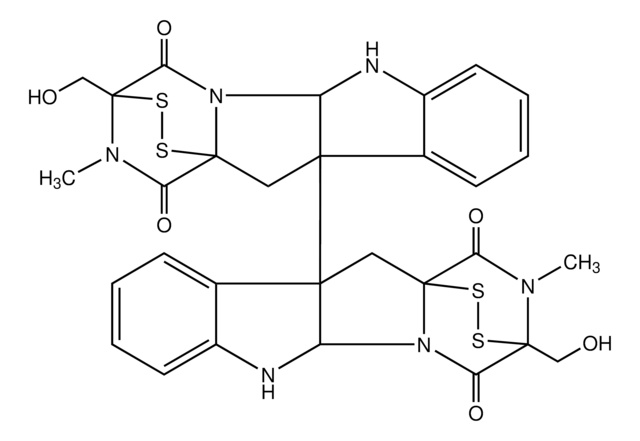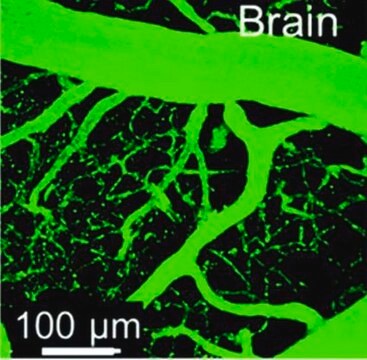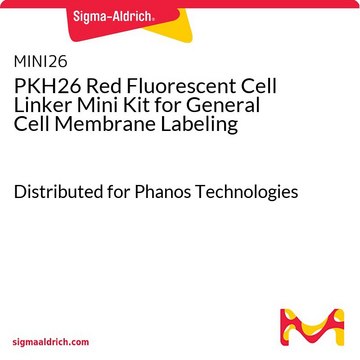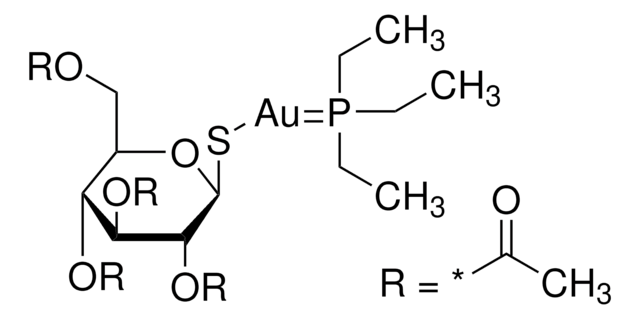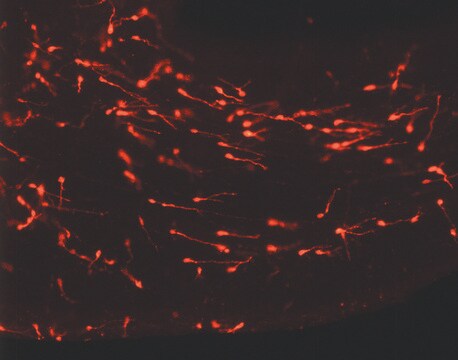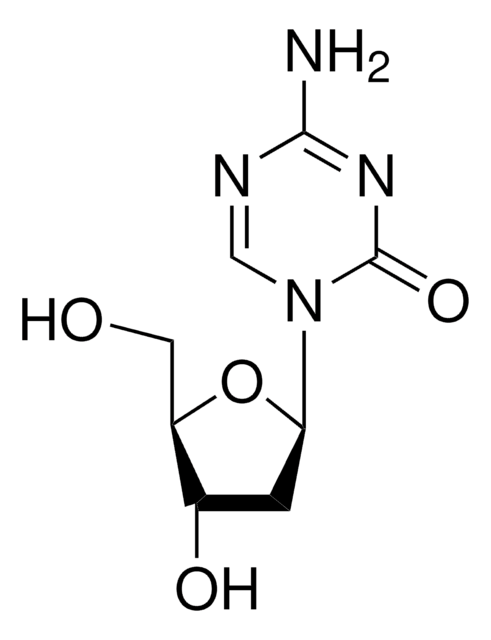C9623
Chetomin
from Chaetomium cochliodes, ≥98% (HPLC)
Synonim(y):
Chaetomin, NSC 289491
About This Item
Polecane produkty
pochodzenie biologiczne
Chaetomium cochliodes
Poziom jakości
Próba
≥98% (HPLC)
Formularz
powder
rozpuszczalność
DMSO: soluble
acetone: soluble
ethyl acetate: soluble
temp. przechowywania
−20°C
ciąg SMILES
S1SC9(N(C(=O)C1(N(C9=O)C)CO)C)Cc2c3c([n](c2)C54C(N7C8(SSC(N(C8=O)C)(C7=O)CO)C5)Nc6c4cccc6)cccc3
InChI
1S/C31H30N6O6S4/c1-33-25(42)30(15-38)34(2)23(40)28(33,44-46-30)12-17-13-36(21-11-7-4-8-18(17)21)27-14-29-24(41)35(3)31(16-39,47-45-29)26(43)37(29)22(27)32-20-10-6-5-9-19(20)27/h4-11,13,22,32,38-39H,12,14-16H2,1-3H3
Klucz InChI
ZRZWBWPDBOVIGQ-UHFFFAOYSA-N
Działania biochem./fizjol.
Hasło ostrzegawcze
Danger
Zwroty wskazujące rodzaj zagrożenia
Zwroty wskazujące środki ostrożności
Klasyfikacja zagrożeń
Acute Tox. 3 Oral
Kod klasy składowania
6.1C - Combustible acute toxic Cat.3 / toxic compounds or compounds which causing chronic effects
Klasa zagrożenia wodnego (WGK)
WGK 3
Temperatura zapłonu (°F)
Not applicable
Temperatura zapłonu (°C)
Not applicable
Wybierz jedną z najnowszych wersji:
Masz już ten produkt?
Dokumenty związane z niedawno zakupionymi produktami zostały zamieszczone w Bibliotece dokumentów.
Klienci oglądali również te produkty
Nasz zespół naukowców ma doświadczenie we wszystkich obszarach badań, w tym w naukach przyrodniczych, materiałoznawstwie, syntezie chemicznej, chromatografii, analityce i wielu innych dziedzinach.
Skontaktuj się z zespołem ds. pomocy technicznej

